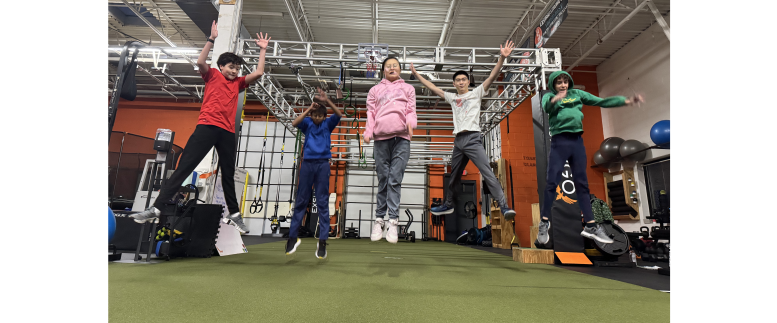
Frequently asked questions.
Getting Started: What to Know Before You Begin
Before starting this program, keep these key points in mind:
Check Your Readiness – Ensure you are injury-free and comfortable with basic jumping movements. If you have a history of knee, ankle, or back issues, consult a coach or trainer first.
Set a Baseline – Test your standing vertical jump before starting so you can track progress.
Warm Up Properly – Each session should start with dynamic stretching, mobility work, and light jumping drills to prepare your body.
Train with Intent – Every jump should be explosive. This program focuses on quality over quantity—every rep should be performed with maximum effort.
When to Stop Training
Pain Does Not Equal Progress – If you feel sharp pain in your knees, ankles, hips, or back, stop training and assess what may be wrong.
Joint Discomfort – Muscle soreness is normal, but persistent joint pain is a warning sign. Reduce training volume or take an extra rest day if needed.
Fatigue or Lack of Power – If jumps feel slow and you are not getting off the ground, you may be overtrained. Consider a recovery day or modifying your intensity.
Equipment Needed & Alternatives
Recommended Equipment:
Weights (Dumbbells, Barbells, Weighted Vest) – Used for loaded jumps and strength work.
Box or Platform – Used for box jumps, step-ups, and drop jumps.
gFlight, Measuring Tape or forceplates – Used to track vertical jump progress.
Alternatives If Equipment Is Not Available:
Backpack with Weights – Load books or sandbags into a backpack as a substitute for dumbbells.
Stairs or Benches – Can be used instead of a box for step-ups and jumps.
Jump Touch Test – Use a basketball hoop, door frame, or wall to measure jump progress instead of a jump mat.
Recovery & Why Rest Is Important
Rest Leads to Growth – Your body improves on rest days, not just training days. Overworking your legs can slow progress and increase injury risk.
Recovery Time – It takes 24-48 hours for muscles to fully recover from explosive training. This program is designed for three training days per week to allow proper recovery.
Nutrition Matters – Eating enough protein and carbohydrates helps muscles rebuild and recover more effectively.
Recovery Strategies – Mobility work, stretching, and proper sleep may help prevent excessive soreness and improve flexibility.